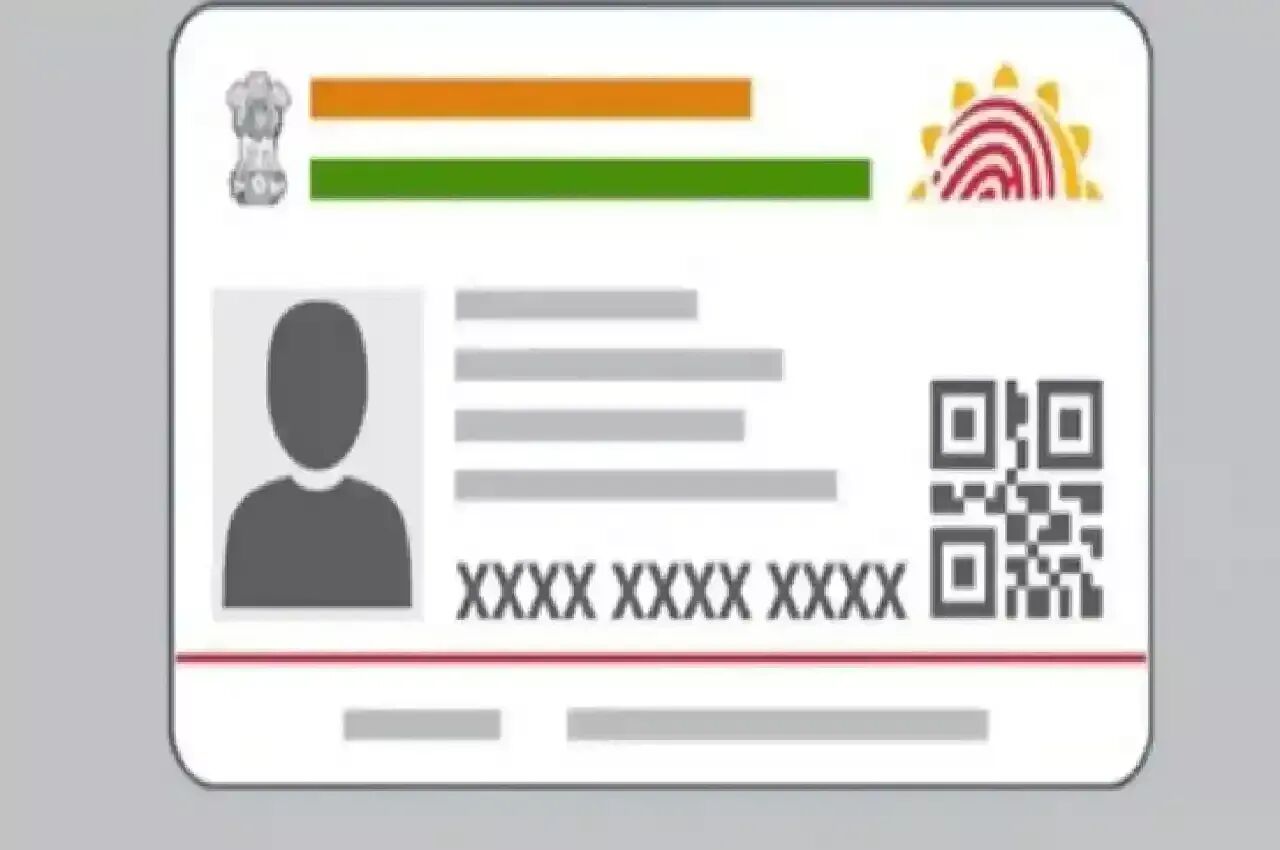Unwarranted linkage?

The Supreme Court's move to hear the plea challenging Centre's decision to link electoral voter ID with Aadhar is a step in the right direction. The apex court has already issued a notice to the Centre in this regard. By passing the Election Laws (Amendment) Act, 2021, the Centre had amended the Representation of the People Act, 1950. Section 23(4) was inserted in the original Act — empowering the electoral registration officer to demand Aadhaar numbers for "establishing the identity of any person" or avoiding the duplication of entries in more than one constituency. Furthermore, for effective implementation of the law, this year in June, the Centre notified changes to the Registration of Electors Rules, 1960 — providing that voters listed in electoral roll "may" link their Aadhar number to voter IDs. The Centre, there is no doubt, intends to address certain issues plaguing the Indian electoral system. The Election Commission of India, over time, gets flooded with entries and deletions in the electoral roll, and changes pertaining to migration of individuals — making it imperative to clean the roll. The ECI has been successfully doing it by verifying details of age and residence with multiple documents. The idea of Aadhar linkage appears to stem from the fact that more than 99 per cent of the adult Indian population has an Aadhaar card — an advantage that is absent with other documents. Being a biometric-based document, the reliability of Aadhar is also ranked high. But by "mandating" Aadhar linkage with voter ID cards, the government may create more problems than providing solutions. Any such mandate will not only be incoherent with the Constitutional framework, but also lead to serious functional disruptions in the electoral system. It may be clarified here that the Centre hasn't mandated the linkage of Aadhar with Voter ID card in principle. On the practical grounds, however, the structure of Form 6B issued under the new Rule 26B of Registration of Electors Rules is such that voters can opt for other valid documents only if they do not have an Aadhar card. This, in a way, denies voters the right to verify their credentials through the document of their choice. The voter may provide alternative documents for verification if there is a "sufficient cause". It is not clear what this "sufficient cause" would entail. More importantly, as underlined in the Puttaswamy judgment, Aadhar can be mandated only in circumstances when it is "necessary and proportionate" to the purpose. Use of Aadhar is neither necessary nor proportionate to tackling duplication of electoral roll entries. De-duplication can be achieved by using other documents as well. Most importantly, concerns have been raised around the most uncompromising right of a functional democracy — the right to vote; even though the government has assured multiple times that no one will be excluded from the electoral list if they fail to furnish Aadhar details. Additionally, it is being argued that such widespread linkage of Aadhar cards with voter ID may put people's private data at risk, and undermine the secrecy of their vote. It may be pertinent to add here that exclusion of voters from the electoral roll may also result from the technical glitches of the biometric system. None other than the Unique Identification Authority of India (UIDAI) had highlighted that Aadhaar-based biometric authentication has an error rate of 12 per cent. It may be recalled that names of eligible voters were reported to be arbitrarily deleted during Assembly elections in Telangana and Andhra Pradesh; and the reason was Aadhar-voter ID card linkage. In totality, it can be said that the linkage of Aadhar card with voter ID card is incoherent with certain basic principles of the Indian Constitution. Additionally, it can also lead to serious functional issues. Instead of creating new problems, the government may consider fixing the problems in the older system. With the matter now being under the Supreme Court, one can be sure that the right course will be taken.



